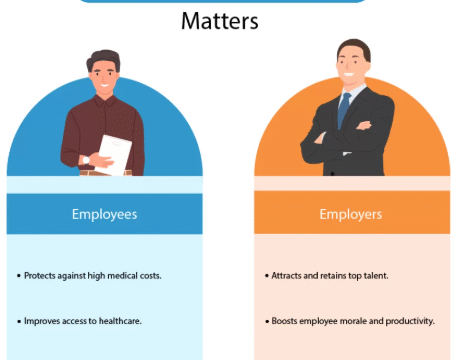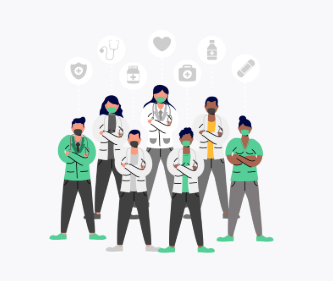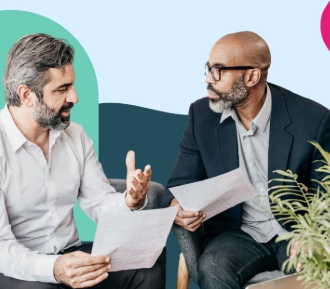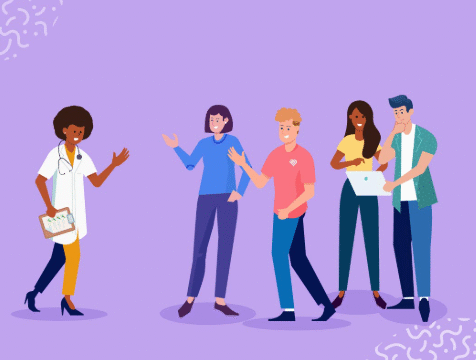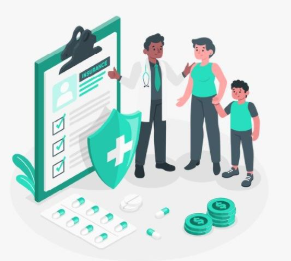Everyone learns differently. While some people absorb information best through visuals, others may prefer listening, doing, or reading. Understanding and applying the right learning techniques can improve how effectively you retain information and how confident you feel in your learning process.
The Importance of Personalized Learning
In the past, education often followed a one-size-fits-all model. Today, we know that tailoring learning approaches to individual needs leads to better outcomes. Personalized learning isn’t about working harder; it’s about working smarter. By identifying the techniques that suit your learning style, you can make the most of your time and effort.
Common Learning Techniques to Explore
Active Recall
Active recall involves retrieving information from memory without looking at your notes or textbooks. It strengthens memory and understanding by forcing the brain to remember rather than just recognize. You can practice active recall through flashcards, self-quizzing, or by teaching the material to someone else.
Spaced Repetition
Spaced repetition is a method that involves reviewing material over increasing intervals of time. This technique is based on the psychological spacing effect, which shows that we retain information better when we study it multiple times spaced out over time. Using spaced repetition software or apps can help manage your review schedule.
Interleaved Practice
Instead of studying one topic in isolation, interleaving involves mixing different subjects or types of problems in one study session. This helps with better retention and adaptability, as it trains the brain to distinguish between different types of problems and solutions.
Elaborative Interrogation
This technique involves asking yourself “why” a fact is true and then explaining it. By connecting new information with what you already know, elaborative interrogation enhances understanding and memory retention.
Dual Coding
Dual coding involves combining verbal information with visual elements. For example, you might read a passage and then create a diagram to represent it. The combination of words and visuals helps the brain process and remember information more effectively.
Practical Tips for Finding What Works for You
Everyone has unique preferences and strengths. To identify which learning techniques work best for you, consider the following:
Experiment with multiple methods: Try different techniques and note which ones feel most natural or effective.
Reflect on your progress: After a study session, think about what helped you retain information and what didn’t.
Stay consistent: Give each technique enough time before deciding whether it works for you.
Adapt to different subjects: Some methods may work better for specific types of content. For example, visual aids might be more helpful for science, while active recall could be better for history.
The Role of Environment and Habits
In addition to learning techniques, your environment and daily habits play a significant role. Studying in a quiet, organized space, taking regular breaks, and setting specific goals can improve focus and motivation. Establishing a routine and minimizing distractions can also contribute to better learning outcomes.
Conclusion
Exploring different learning techniques is a valuable investment in your personal growth. There is no universal best method, but by being open to experimentation and self-reflection, you can discover the strategies that help you learn more effectively. Whether you’re a student, a professional, or a lifelong learner, understanding how you learn best can lead to greater confidence, productivity, and success.

